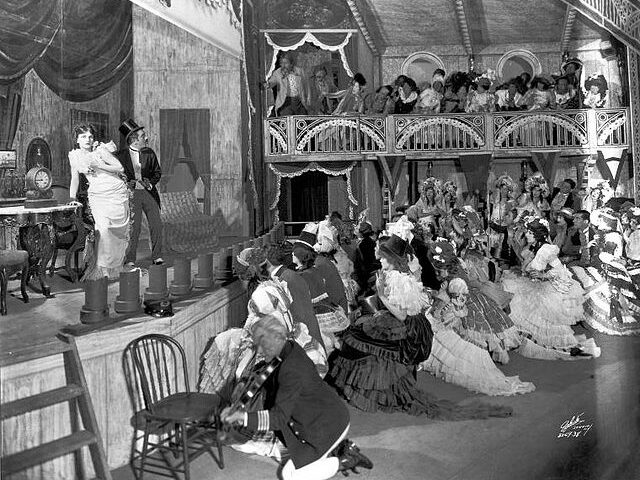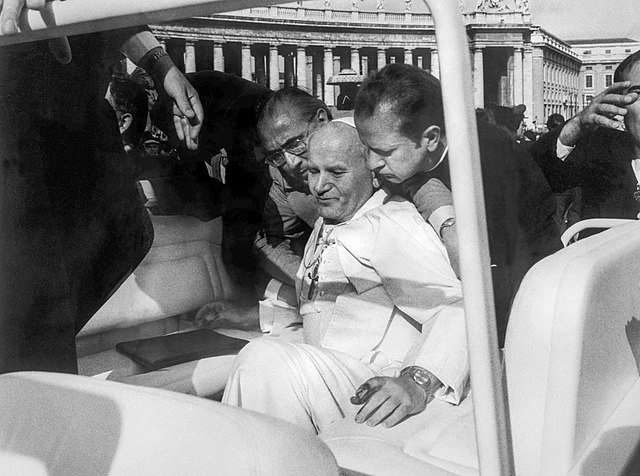February 6, 1952, saw an unexpected historical moment. While Princess Elizabeth Alexandra Mary of England visited Kenya, news broke of the sudden and unexpected death of her father, King George VI. The young princess, thousands of miles away from home, instantly transformed into Queen Elizabeth II, transforming her life and destiny.
In a quaint treehouse on the slopes of Mount Kenya, Elizabeth, then 25 years old, received the news that her father had passed away. The serene surroundings of the Treetops Hotel stood in stark contrast to the gravity of the situation. As she emerged from the treetop retreat, she was no longer just a princess; she was now the monarch of the United Kingdom and the head of the Commonwealth. The moment was both poignant and surreal, as Elizabeth grappled with the suddenness of her new role and the responsibilities that came with it.
Her proclamation as queen was formalized in a ceremony at St. James’s Palace on February 8, 1952, where she pledged her dedication to the service of her people. The transition marked the beginning of a new era, as Elizabeth II embarked on a reign that would witness significant societal changes, technological advancements, and shifts in global geopolitics. The moment of her ascension to the throne became a symbol of continuity, as well as a testament to her unwavering commitment to duty and service throughout the decades that followed.
Elizabeth II’s reign was to become the longest in British history, spanning over seven decades. Her coronation in 1953 further solidified her position as a figurehead of stability and continuity. The moment she became queen remains etched in history as a pivotal juncture, shaping the course of the British monarchy and leaving an indelible mark on the world stage.





